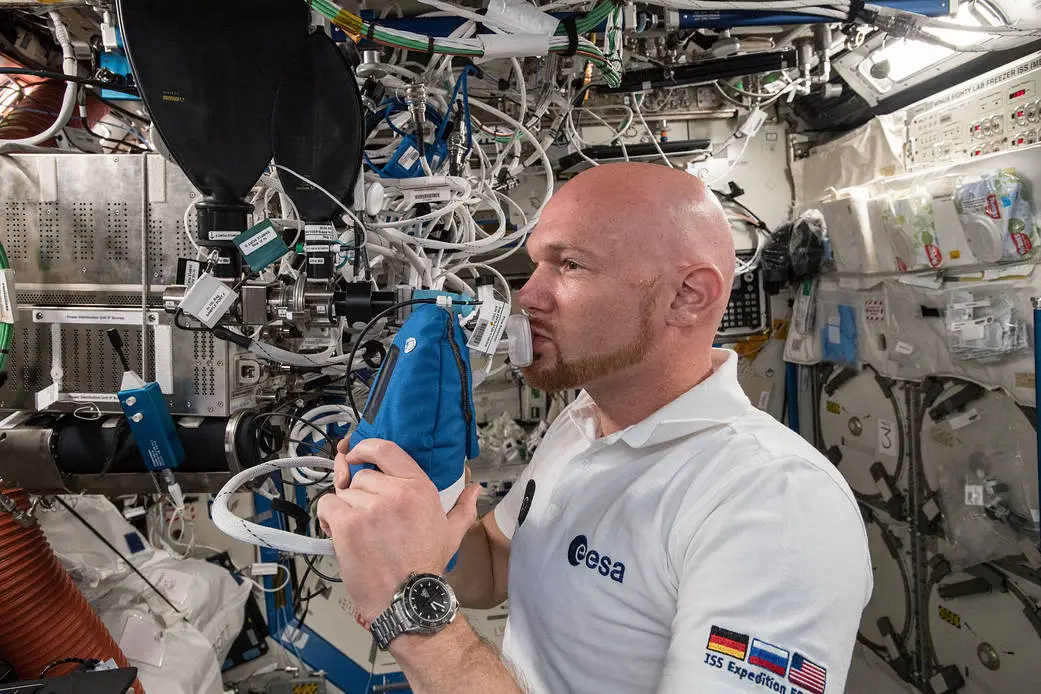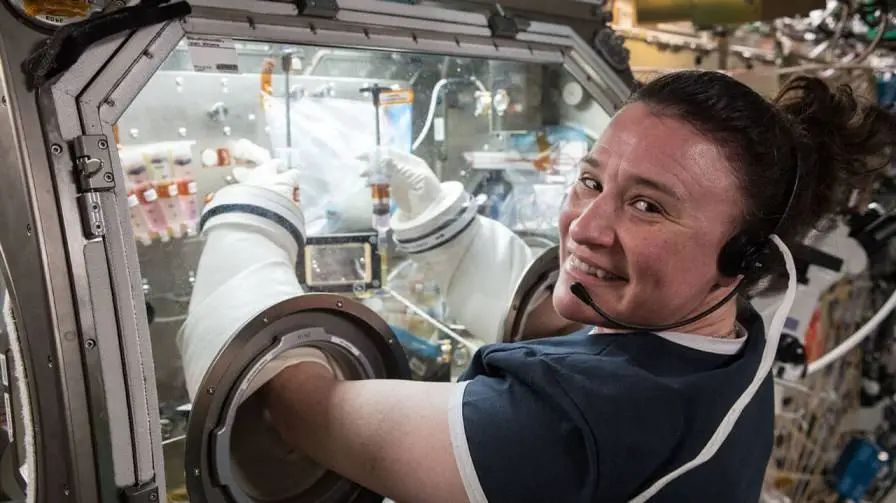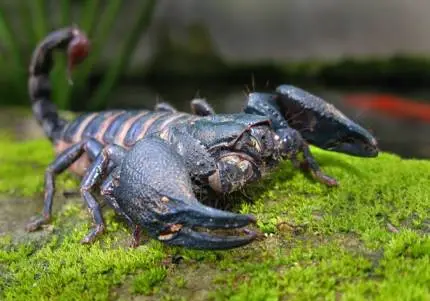Of persons born in the UK in 1961, roughly one in two will acquire cancer during their lifetime. Cancer rates are anticipated to climb by 2% to reach 506,000 new cases a year in the UK between now and 2040. However, you will be glad to read that cancer survival rates have doubled in the previous 50 years. Meaning that 50% of those diagnosed today will live for ten years or more.
Getting humans into space is a significant feat of engineering with spaceflight having a toll on the human body. This can make astronauts feel briefly sick and can potentially have lasting consequences on the body.
There is also the hazard of radiation from outer space and the Sun. The Earth’s magnetic field and atmosphere help shield us from this here on the ground, including Ultraviolet (UV) radiation from the Sun, particularly UV-B rays, which may inflict serious burns on our skin if we are exposed to them. The Ozone Layer in the Earth’s atmosphere blocks around 95% of UV-B rays, however we all still need sun cream to protect ourselves.
There are plans to send people back to the Moon as part of NASA's Artemis missions. This will take them beyond low Earth orbit and expose them to radiation from outer space, the Van Allen belt, and the Sun. To safeguard their astronauts, NASA is exploring the effects of radiation on the human body.
Any astronaut that leaves the shelter of our atmosphere is exposed to radiation. For astronauts that spend six months onboard the International Space Station (ISS), they get 50 - 100 millisieverts of radiation. This is similar to 2,500 – 5,000 chest X-Rays!
What breakthroughs have we found so far?

Radiation comes in two flavours: non-ionising which tends not to be dangerous, and ionising which is quite damaging.
Ionising radiation is energy sent out that is intense enough to knock electrons off atoms, or "ionising" them. It can be given out by radioactive sources and specific processes, like the ones found within the Sun. This energy is in two forms:
Subatomic particles - like neutrons, alpha particles (two protons and two neutrons) and beta particles (electrons and positrons)
Electromagnetic waves - from UV rays forward on the Electromagnetic spectrum
These travel at near to the speed of light, except for alpha particles as they are heavier than the others.
DNA is the set of instructions our cells follow for us to exist and operate. Radiation can harm the DNA within our cells by ionising parts or even splitting it apart. When there is enough alterations for the cell to become abnormal, it might start to reproduce uncontrolled. This is cancer and it may spread throughout the body. The more damage DNA suffers, the larger the likelihood of our cells turning malignant.
Understanding how malignant cells behave and how they interact with medications might assist doctors to treat cancer successfully. This makes Cancer study a very significant study issue internationally, with laboratories throughout the world focusing on studies aiming for advances in therapy.
Sometimes though, there are some obstacles in attempting to arrive to an answer. Gravity may get in the way and sadly, we cannot avoid the forces of gravity here on the surface of Earth. So how do the scientists get past the effects of gravity? Well they just launch their experiments into space instead!
What's different in Space?
The International Space Station (ISS) sits in orbit above Earth at around 400km above the surface. This is where astronauts spend most of their time when in space and the circumstances are substantially different from those on Earth.
The ISS is circling about Earth at precisely the perfect speed while Gravity is tugging it down, it keeps missing the ground thus it keeps traveling around the Earth. Being in perpetual freefall makes the astronauts and items look weightless and drifting around, we name this environment Microgravity.
This setting is suitable to perform experiments with the limits created by gravity here on Earth out of the picture. The ISS may be regarded as a floating laboratory delivering the unique circumstances of Microgravity to scientists throughout the globe. So date, the ISS has completed approximately 3,000 experiments onboard. These studies can range from trying to comprehend the universe, Earth observation to intricate biology looking at plants and animals. It would come as no surprise if cancer research has been done onboard the ISS.
Read Also: A History of Space Travel History
What advances have we found so far?
There are several advantages to exploiting the microgravity environment. Here are a handful of the breakthroughs that have been uncovered thus far:
Growing Human Cells

In 1960, Henrietta Lack's cancer cells (HeLa) were the first human cells in space. They were sent up before Yuri Gagarin, the first person in space, to assess how human cells would adapt with the space environment. Since then there have been innumerable investigations using HeLa and other cell cultures, looking at how they grow and evolve.
Through these research, scientists have determined that cells tend to age quicker in space owing to the stress of being in a microgravity environment. They also develop three times quicker than on Earth, which is a benefit for scientists since it minimizes the time needed for studies.
Forming Tumors
When examining the behavior of cancer cells, scientists grow them in a lab. These cells tend to be put on a petri dish which produces a flat two-dimensional form, or in a liquid suspension which creates layers owing to gravity. Trying to create cancer cells as a three-dimensional growth, as we would find in the human body, is really challenging here on Earth.
By growing them in space, however, these cancer cells start to develop a three-dimensional shape instead of a two-dimensional petri dish blob. The cells start to act as if they are within the human body, developing into a growth or a tumour. Over the years, cancer cells have been flown into space to be grown and then returned back to Earth to be researched. The structure of the cancer tumor, how it develops, and interacts with medications may be examined in more depth.
Trying to duplicate the same malignant tumor formations on the ground was incredibly challenging until NASA invented the Bioreactor. This handy piece of equipment spins the samples at precisely the appropriate speed so that there are no stresses put on the cells. It is as if they are in free fall or floating like in space. Rotating the cells so they don't collide with the wall of the reactor keeps them from becoming damaged, which would limit their growth. These bioreactors are employed now in research and industry, including creating samples for cancer research.
New Discoveries On The Horizon
Through research undertaken in space, there has been significant breakthroughs in our knowledge and therapies for cancer. This work is not slowing down either.
Through looking at protein crystal development onboard the ISS, new knowledge has been gathered about how to give the immunotherapy medication Pembrolizumab successfully. Clinical trials are presently ongoing to look at patients receiving an injection rather than a half hour infusion in hospital.
President Joe Biden and his wife Jill Biden revived the Cancer Moonshot program which was begun by President Barack Obama in 2016. The objective of this program in the US is to decrease fatalities by cancer in half in the next 25 years and to enhance the experience of those afflicted by cancer. Part of this plan is for government departments to join in and this includes NASA. NASA will be partnering with physicians and researchers with their Human Research Program, who are looking at making human space flight safer. They will be exploring all elements of cancer from causes to therapies via conducting several experiments in space and expanding on the research already performed by NASA over the years.
The need for doing research in the microgravity environment, is bigger than ever. Companies performing research like cancer treatment medications, seek to employ microgravity to gain more comprehensive results of their drug. This helps to decrease the failure of novel treatments at later phases, such clinical trials. One estimate says that just a 10% increase in failure prediction rates before commencing clinical trials may save $100 million in development expenditures.







